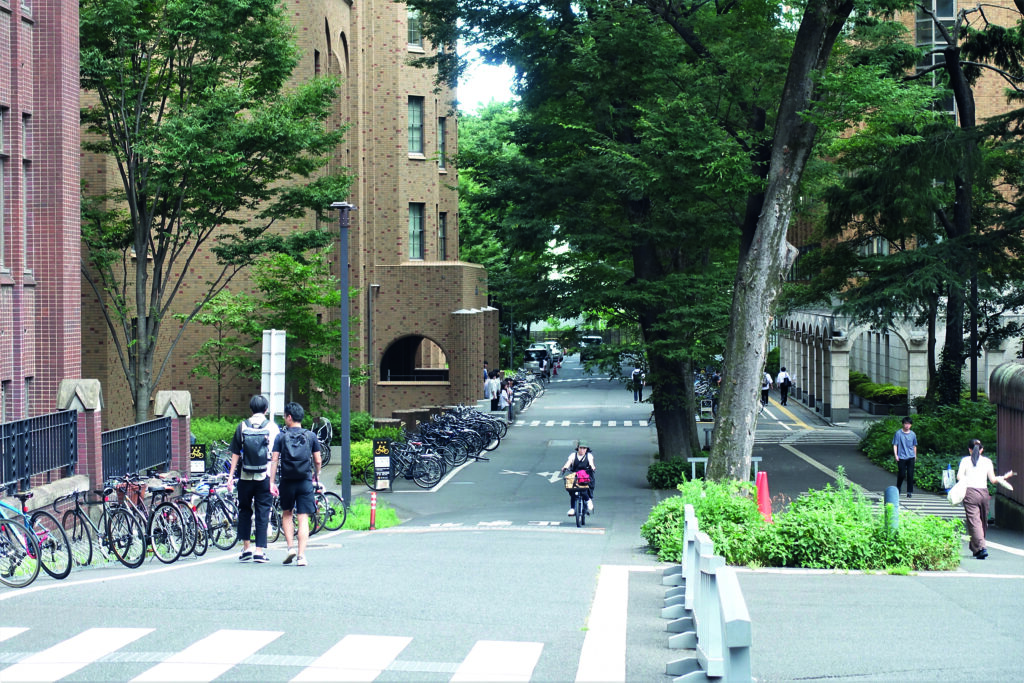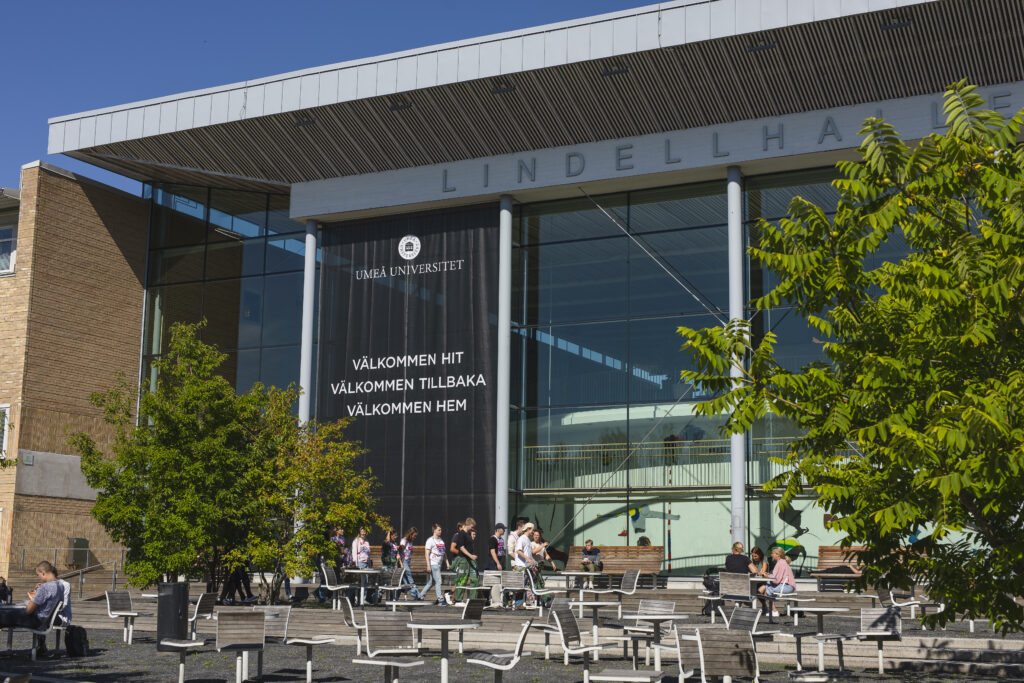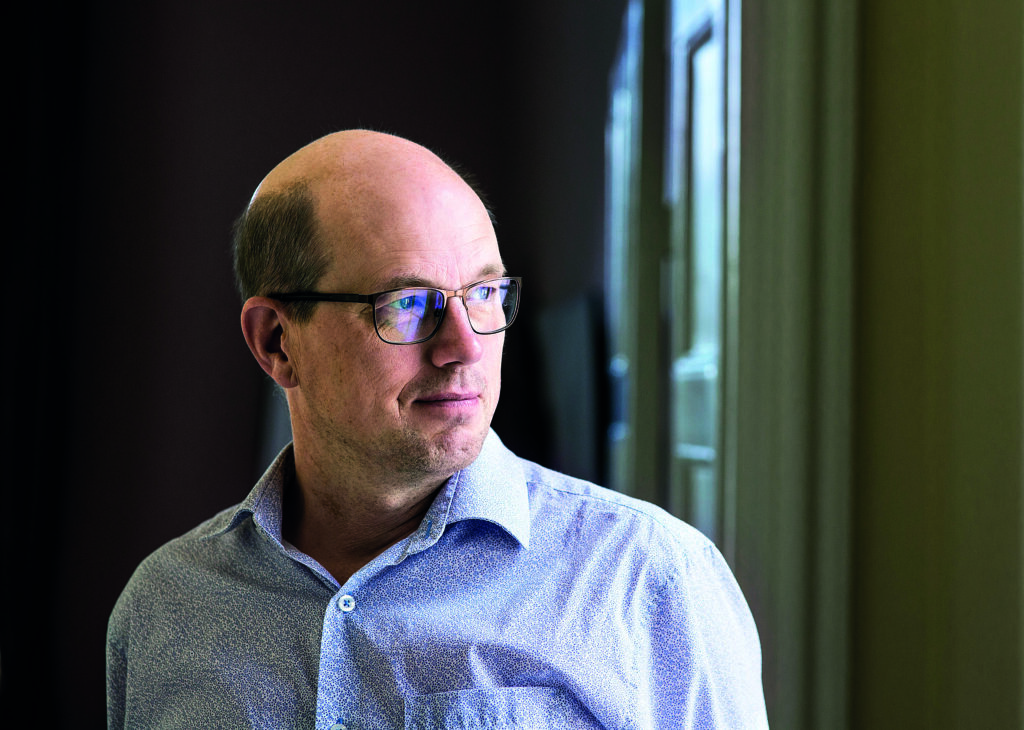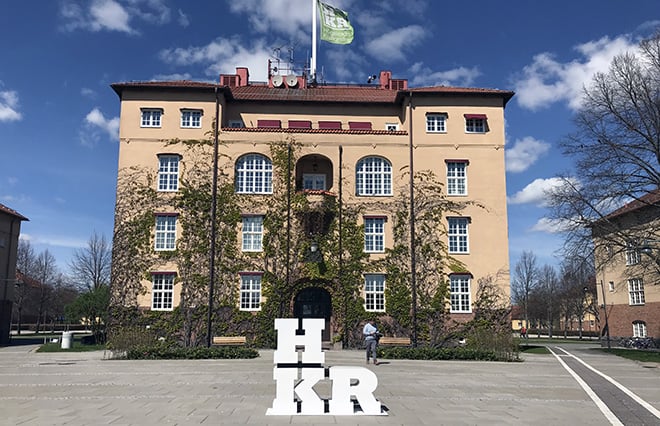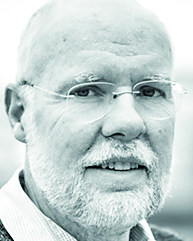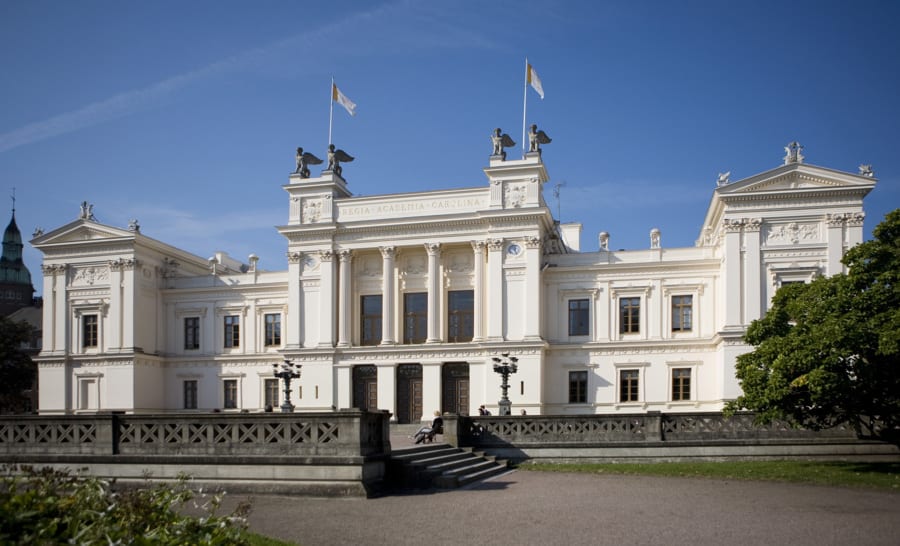Measured in full-time equivalents, 28 per cent of research and teaching staff in higher education were employed with some form of time limit in 2020. In light of this, UKÄ has investigated the extent to which higher education institutions have alternated different types of such employment for individual employees.
UKÄ has looked back as far as 2008 and concluded that four per cent of fixed-term employees within higher education have experienced some form of accumulation of consecutive temporary employment since then, which it describes as limited usage.
Narrow definition
In UKÄ’s assignment, accumulation of consecutive fixed-term contracts is defined as an individual having alternated between fixed-term employment based on the regulations applicable within higher education and other types of fixed-term employment. Based on its interpretation of the assignment, UKÄ therefore defines such accumulation as a person having had at least three different fixed-term contracts, where at least one of them is based on the higher education regulations and one on some other form of fixed-term employment.
“We were given a pretty narrow definition,” says Helena Wintgren, a research officer at UKÄ and one of the authors of the report, “and that type of arrangement was not very common. Instead, we could have looked at how many fixed-term positions a person has had or how many years they have had them.”

In 2020, just under half of those with fixed-term employment had a contract based on the higher education regulations, such as career-development positions. The rest were employed for a limited period on other grounds, such as substitute positions or general fixed-term employment, i.e. in accordance with the Employment Protection Act.
Largest proportion in artistic appointments
UKÄ does not present statistics on the situation at individual higher education institutions, but in 2020 the largest proportion of temporary employees was at the University of Arts, Craft and Design, Konstfack, where 80 per cent were employed on fixed-term contracts, followed by the Royal Institute of Art, with 66 per cent, and Beckmans College of Design, with 54 per cent. As Universitetsläraren has reported previously, artistic appointments can be time-limited under the Higher Education Ordinance.
Kristianstad University had the smallest proportion, with only 6 per cent of staff in fixed-term employment. (See the list at the end of the article).
Interviews with employers
In the report, UKÄ has also interviewed vice-chancellors, deputy vice-chancellors, human resources managers and deans at 16 higher education institutions. The interviews show that they do not consider the accumulation of fixed-term contracts to be a widespread problem. UKÄ explains, however, that there are differences between the higher education institutions.
“Higher education institutions with a lot of teaching hours have a lower proportion of fixed-term employment,” says Wintgren. “Those institutions that receive a lot of external funding have a higher proportion, and both temporary employment and accumulation of fixed-term contracts are more common there.”
The reasons for the fixed-term employment are many, according to those interviewed. The fact that a postdoctoral position becomes a general fixed-term term position when it ends is one reason, while another is that senior lecturers who leave some higher education institutions for a specific period of time need to be replaced by fixed-term employees.
Why did you just ask the employers about how they view accumulation and not the union or the employees?
“As the assignment was to discover why accumulation of fixed-term contracts arose,” replies Helena Wintgren, “we chose to go through the higher education institutions. When we follow up this study, we must try to include more of the individual perspective.”
Karin Åmossa, Head of Policy and International Affairs at SULF, thinks that it is good that UKÄ is looking at precarious employment within higher education and emphasises that SULF has been highlighting this issue for a long time. The extent of fixed-term employment within academia is striking, especially as the sector consists of the most well-educated people in the labour market, she says.

“Temporary employment in general is in itself a problem for individuals, for example because you can’t get a loan from the bank. The use of long chains of fixed-term employment contracts is an additional problem, because it risks scaring people away from the sector,” she says.
The problem is also exacerbated by the fact that – as Åmossa describes it – even permanent employment in higher education is precarious. Anyone who receives research funding, and thus a permanent position, will then be made redundant when the money runs out.
“It’s linked to the high degree of external funding, but it’s also a cultural issue that higher education institutions could definitely do more about.”
What can employers do?
“They ought to be able to do more to create a better sense of continuity and try to compensate for the uncertainty inherent in the system of having to seek external funding. Within departments, they know that there is always a proportion of employees who receive external funding, and more long-term thinking is needed.”
Both the government and the higher education institutions have a responsibility, she adds. “It’s a big puzzle with different types of uncertainty built on each other. It creates a higher education sector that is much more insecure and unattractive than it could be.”
Broader follow-up
UKÄ states in its report that since accumulation of consecutive fixed-term contracts does not seem to be a significant problem in the higher education sector, the authority’s continued follow-up of fixed-term employment should have a less narrow focus. The fact that the authority does not consider that four per cent of research and teaching staff having fixed-term employment to be a major issue does not mean that it is unproblematic.
“It can of course be a problem for the individual, but we have not looked at that in this study,” says Helena Wintgren.



